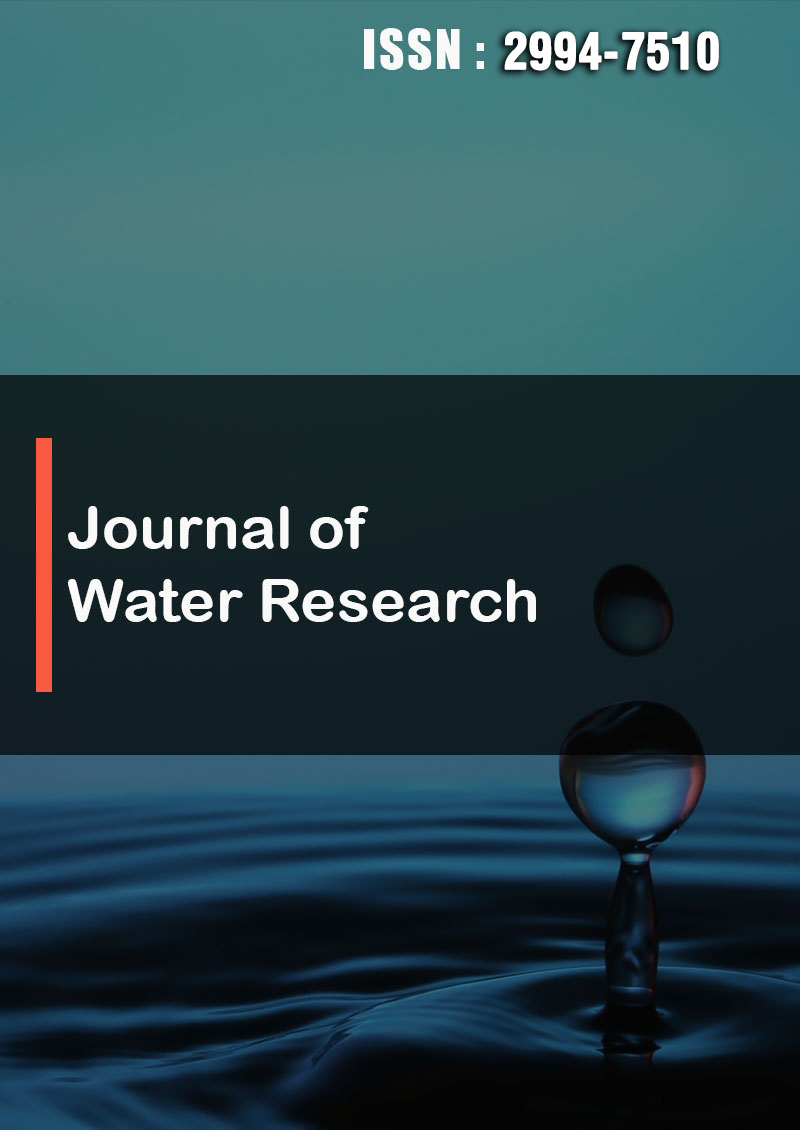Improved Scheme Using Remotely Sensed Geomorphological Characteristics to Investigate Fold-River Interactions for Major Rivers
Abstract
Kevin P. Woodbridge, Saied Pirasteh and Daniel R. Parsons
There are frequently interactions between active folds and major rivers (mean annual water discharges > 70 m3 s-1). The major river may incise across the fold, to produce a water gap across the fold, or a bevelling (or lateral planation) of the top of the fold. Alternatively, the major river may be defeated to produce a diversion of the river around the fold, with wind gaps forming across the fold in some cases, or ponding of the river behind the fold. Why a river incises or diverts is often unclear, though influential characteristics and processes have been identified. A new, improved scheme for investigating fold-river interactions has been devised — based on Woodbridge et al., Remote Sens. 2019, 11, 2037, though superseding this and described in full here for ease of use — involving a short description of the major river, climate, and structural geology, and 13 characteristics of river and fold geomorphology: (1) Channel width, w, (2) Channel-belt width, cbw, (3) Floodplain width, fpw, (4) Channel sinuosity, Sc, (5) Braiding index, BI, (6) General river course direction, RCD, (7) Distance from fold core to location of river crossing, C-RC, (8) Distance from fold core to river basin margin, C-BM, (9) Width of geological structure at location of river crossing, Wgs, (10) Estimate of erosion resistance of surface sediments/rocks and deeper sediments/rocks in fold, ERs, ERd, (11) Maximum channel bank migration rate, RMax, (12) Transverse topographic symmetry of floodplain at location of river crossing, TSF, (13) Estimate of fold total uplift rate, TUR. These geomorphological characteristics should be readily determinable for nearly all major rivers using widely available satellite imagery and fine scale geological maps, except for No. 13, TUR, for which additional data sources are needed, and which can be considered as a supplementary characteristic [1]. This study demonstrates the improved scheme in full, using the example of the major rivers Karun, Dez and Karkheh (mean annual water discharges 575 m3 s-1, 230 m3 s-1 and 165 m3 s-1, respectively) interacting with active folds in the foreland basin tectonic setting of lowland south-west Iran. For these three major rivers, it was found that geomorphological characteristics Nos. 2, 3, 4, 6, 7, 11 and 12 had statistically significant differences (p-value ≤ 0.05) between categories of river incision across a fold and river diversion around a fold. The findings suggest that, in cases of river incision across a fold, there may be a reduction in the lateral migration of the river at the fold axis to increase the vertical incision of the river, to keep pace with fold uplift. Since it is likely that different characteristics will be important for other major rivers interacting with other folds, this scheme should be used to investigate a variety of major rivers from across the globe. By comparing the same parameters for different major rivers, a better understanding of fold-river interactions should be achieved.



